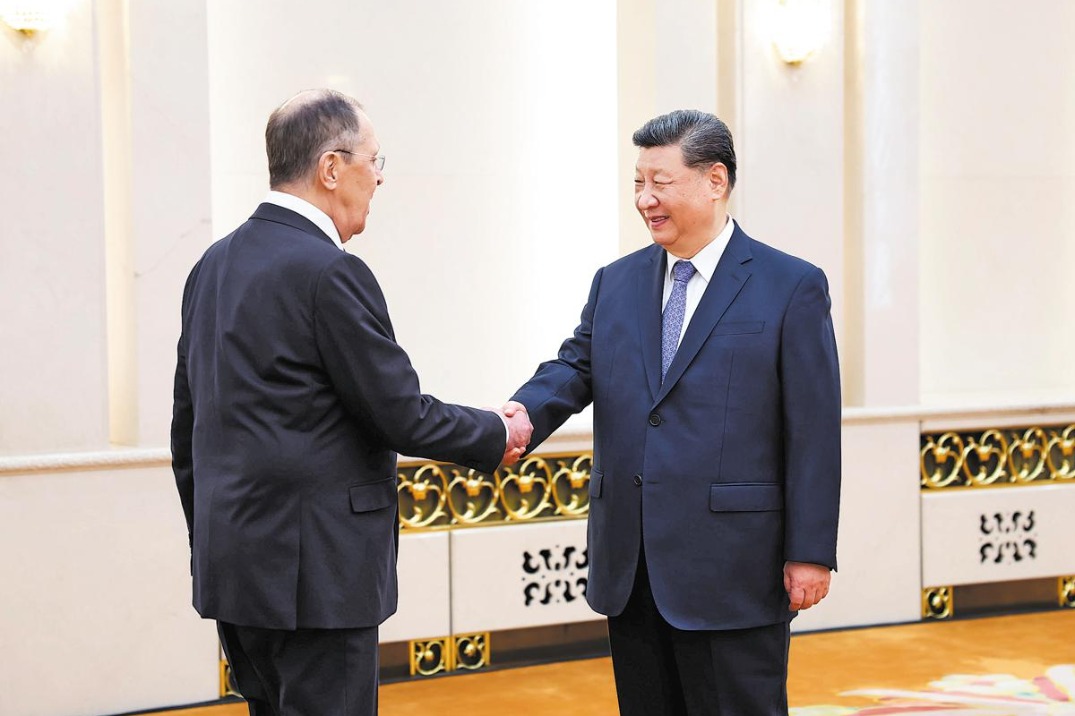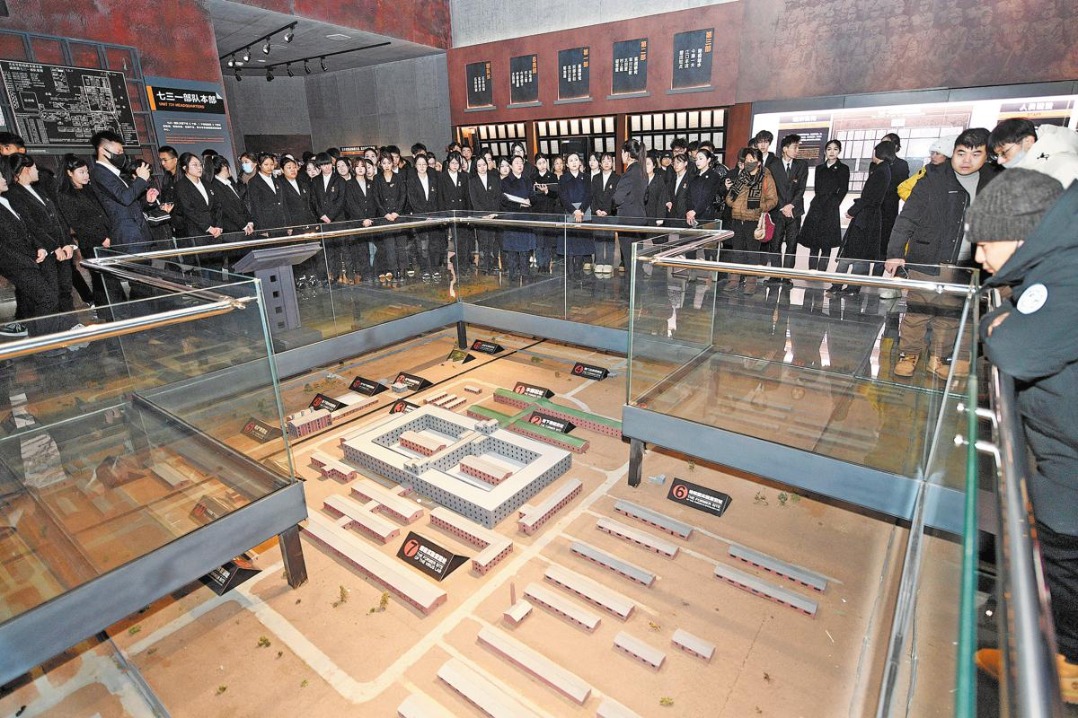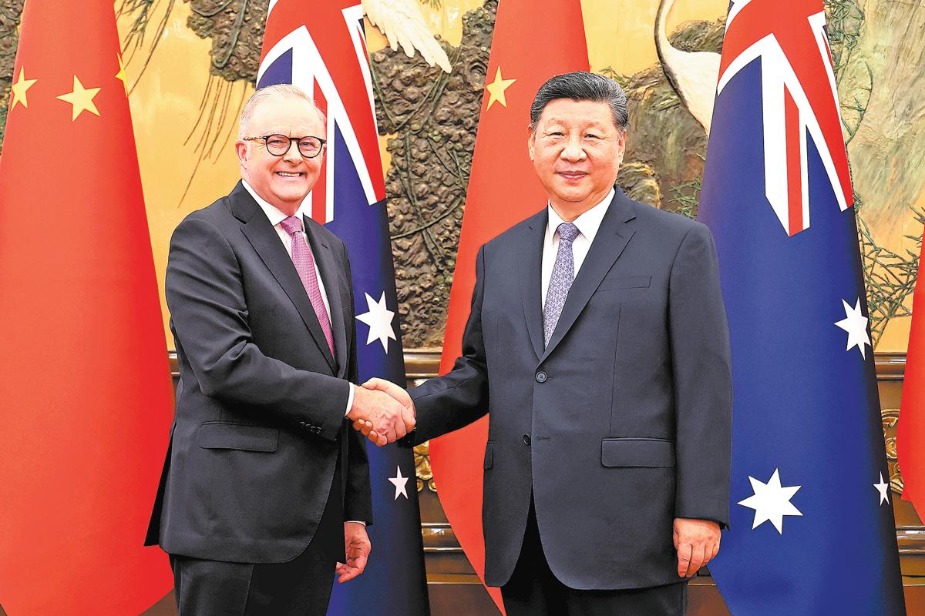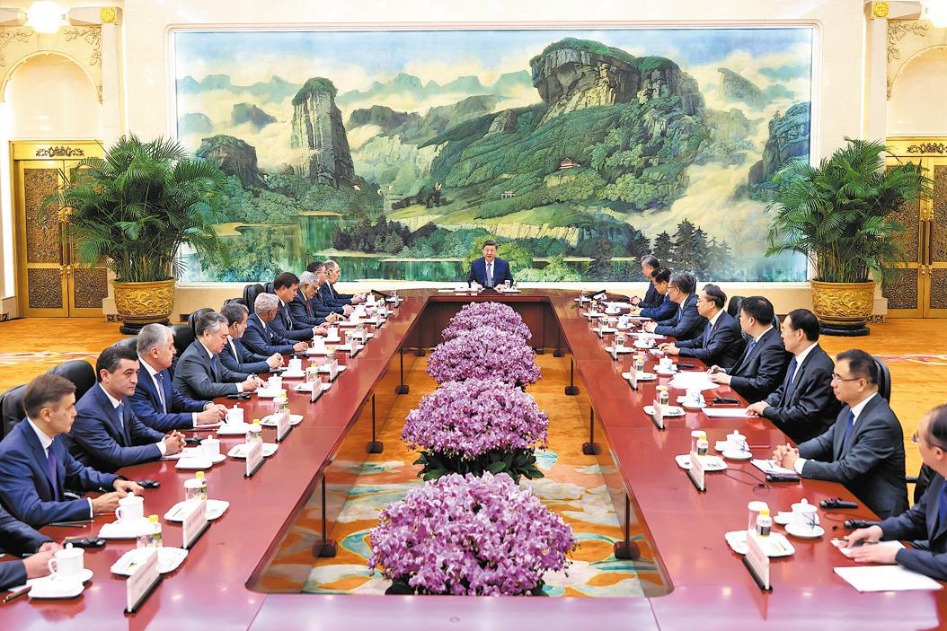Growing cycle of adventure

People are increasingly rediscovering the joys of cycling as more cities include the bicycle as a mode of transportation in their urban planning.
Cycling has become a trend from being a niche sports and a daily commuting option.
These days, cycling is a top buzzword on social media.
Riders share their favorite routes, health tips or arrange meet-ups with others on lifestyle and fashion opinion-sharing platform Xiaohongshu and microblogging site Sina Weibo. On Xiaohongshu, there are more than 2.5 million posts with the cycling tag, and on Weibo, the hashtag has been viewed more than 700 million times.
The country's bicycle business was worth 210 billion yuan ($30.4 billion) last year, with a 3 percent year-on-year increase, according to the China Bicycle Association.
"As the largest bike manufacturer and exporter in the world, the bike industry in China will meet the market demand and maintain steady growth this year," Guo Wenyu, chairman of the association, says.
The COVID-19 pandemic made people turn to two-wheelers to get around in early 2020. The industry in China produced more than 76 million bikes in 2021 from 65 million in 2019, according to the National Bureau of Statistics.
Among cyclists in China, people aged 31 to 40 are in the majority, and they took about 34.3 percent of the riders' number last year, according to an annual survey by bike forum Biketo.com. Cycling among those aged 18 to 30 had decreased over the past five years.
Last year, Giant Group, one the world's biggest manufacturers of bicycles based in Taiwan, saw its revenue reach $2.99 billion, up 12.5 percent from 2021, according to its financial report.
The company says it has enjoyed significant growth on the mainland and in Europe.
Demand for bikes has soared since 2020 because of the pandemic, with more people caring about their health and longing for exercise outdoors, the company says.
Foreign brands, such as the US bike maker Specialized and British folding bike brand Brompton, are also eyeing the Chinese market for potential growth.
Due to the increase in orders, especially during the pandemic, some consumers have to wait for months to receive their bikes after ordering online or at stores.
The bike boom is also thanks to government efforts as cities in China are embracing bicycles in their urban planning.
In 2018, Beijing authorities started building the city's first cycle-only lane.
Located in the north of the capital, a 6.5-kilometer route connects the densely populated Huilongguan community with the Shangdi area, home to a cluster of technology companies.
Since its opening on May 31, 2019, the lane has seen daily traffic flow ranging from 4,000 to 8,000 rides so far, according to statistics from the Beijing Municipal Commission of Transport.
With the city's road network improving for cyclists and pedestrians, about 31.7 percent residents opted to walk and 17.3 percent residents cycled in central areas of the capital last year, a 10-year high.
Such lanes are also being built or renovated in other cities like Shanghai, Chengdu, Sichuan province, and Qingdao, Shandong province.
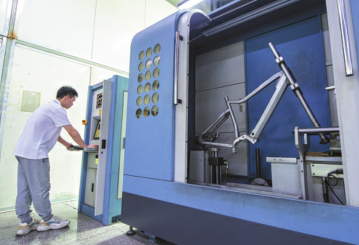
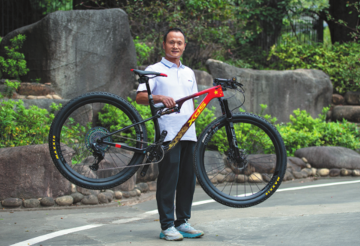
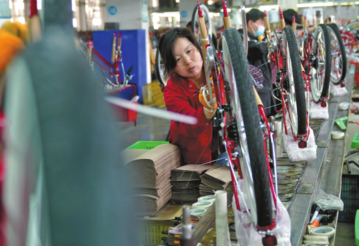

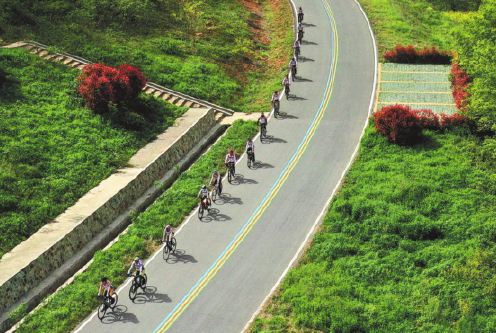


Today's Top News
- Japan hypes excuse for its military build-up: China Daily editorial
- Philippine defense secretary's remarks undermine regional peace efforts
- Mainland strongly opposes Lai's planned 'transit' through US
- ASEAN accelerates de-dollarization
- Xi: China, Russia to promote just, equitable intl order
- Why China still anchors global supply chains

















